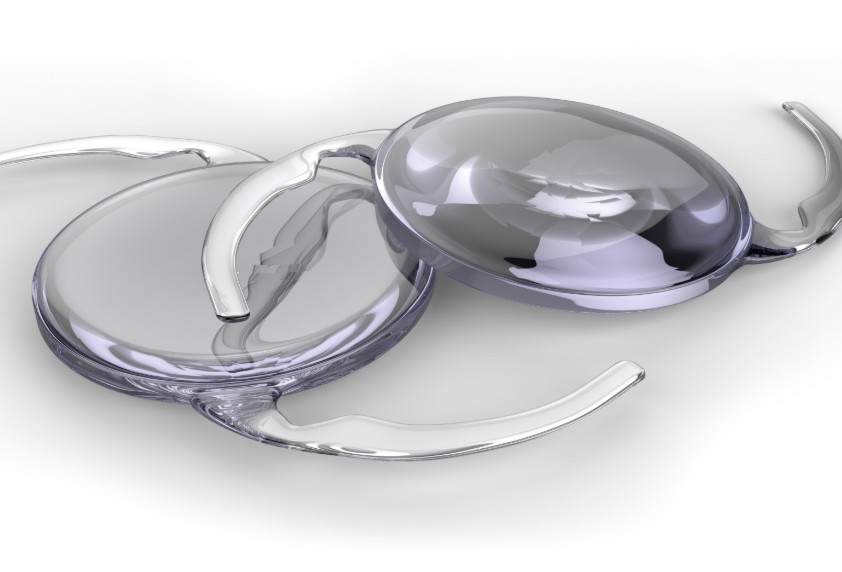Eye care procedures are constantly evolving. LASIK alternatives may offer treatment options that you haven’t considered. Talk to your eye doctor about which procedure makes the most sense for your unique eye situation. Here, you’ll find more information on, intraocular lenses, photorefractive keratectomy and refractive lens exchange.
LASIK Surgery Alternatives
|
Procedure |
Description |
*Cost |
Length of Procedure |
Recovery Time |
Restrictions |
|
LASIK |
Surgery that uses excimer lasers to reshape the cornea to correct vision |
+/- $2,000 per eye |
10 minutes |
1-2 days |
To qualify, you must be at least 18 years old; be in good overall health; you must have healthy eyes free from disease, infection and injury; and you must not be pregnant or nursing. |
|
Implantable Collamer Lens (ICL) |
Procedure that implants a state-of-the-art contact lens on the eye |
+/- $3,000 to |
15 minutes |
1-2 days for full recovery |
The procedure is ideal for patients who are between the ages of 21 and 45, who have thin corneas, severe myopia or dry eyes |
|
Photorefractive Keratectomy (PRK) |
Surgery that uses a laser to change the shape of your cornea without a flap |
+/- 2,000per eye |
10 minutes for both eyes |
7-10 days |
|
|
Refractive Lense Exchange (RLE) |
Surgery that replaces the eye’s natural lens with an artificial intraocular lens (IOL) |
$4,500- $6,000 per eye |
15 minutes |
Around 2 days |
Candidates are typically those with presbyopia, hyperopia or extreme farsightedness who do not qualify for LASIK, PRK or IOL surgery. Candidates are typically over the age of 45. |
*Cost approximations
Are you a candidate for LASIK? Take our self-evaluation to find out.
LASIK vs. ICL
Unlike LASIK surgery where a laser reshapes the cornea, intraocular lenses (IOL) are clear, implantable lenses that can be placed behind the iris or between the cornea and the iris to help correct nearsightedness and astigmatism. The natural lens stays in the eye. The Visian ICL (Implantable Collamer Lens) is an ICL option that is positioned in front of your natural lens and behind the iris. Visian ICL may be a suitable procedure for those with thin corneas and constant dry eyes, who do not qualify for LASIK.
LASIK vs. PRK
PRK stands for photorefractive keratectomy. PRK surgery uses a laser to change the shape of your cornea to reduce nearsightedness (myopia), farsightedness (hyperopia) and astigmatism.
PRK is similar to LASIK, but the first step is different. In LASIK, a thin flap is created on the cornea, and is then lifted to expose the corneal tissue and is replaced after the cornea is reshaped with a laser.
In PRK, the cornea’s thin outer layer, called the epithelium, is removed and discarded before the laser reshapes the corneal tissue. The epithelium repairs itself within a few days. Because there is no flap on the eye, PRK may be a more desirable procedure for candidates who have a high risk of eye injury.
Certain conditions, like corneal abrasion, glaucoma, cataracts and uncontrolled diabetes, may not make you a good candidate for PRK.
LASIK vs. RLE
RLE stands for refractive lens exchange. In this procedure, the eye’s natural lens is replaced with an IOL. This helps patients achieve a sharper focus, which can reduce the need for bifocals or reading glasses.
RLE surgery is very similar to cataract surgery, but the difference is that in cataract surgery a cloudy lens is replaced. In RLE surgery, the lens that’s being replaced is clear.
RLE may be suitable for older patients, as well as people with extreme farsightedness and mild to moderate nearsightedness. RLE is typically recommended for people with presbyopia or extreme farsightedness who are not candidates for ICL, PRK or LASIK surgeries. Candidates may also be looking for the ability to see at multiple distances with a multifocal lens.
Find the Best Vision Correction Procedure for You
If you want to improve your vision, you have options. Depending on your eyes and eyesight, you may be a candidate for one of these procedures:
- ICL: If you have thin corneas,constant dry eyes, or a high prescription
- PRK: If you have a high risk of eye injury and irregular corneas
- RLE: If you have presbyopia, extreme farsightedness or mild to moderate nearsightedness
Whatever your eye care concern, you can count on the doctors at Southwestern Eye Center. Our eye care center has been serving patients in Arizona for nearly 40 years. We’re focused on you and providing convenient care that meets your needs.
Request a free LASIK consultation to find the best solution for you.
